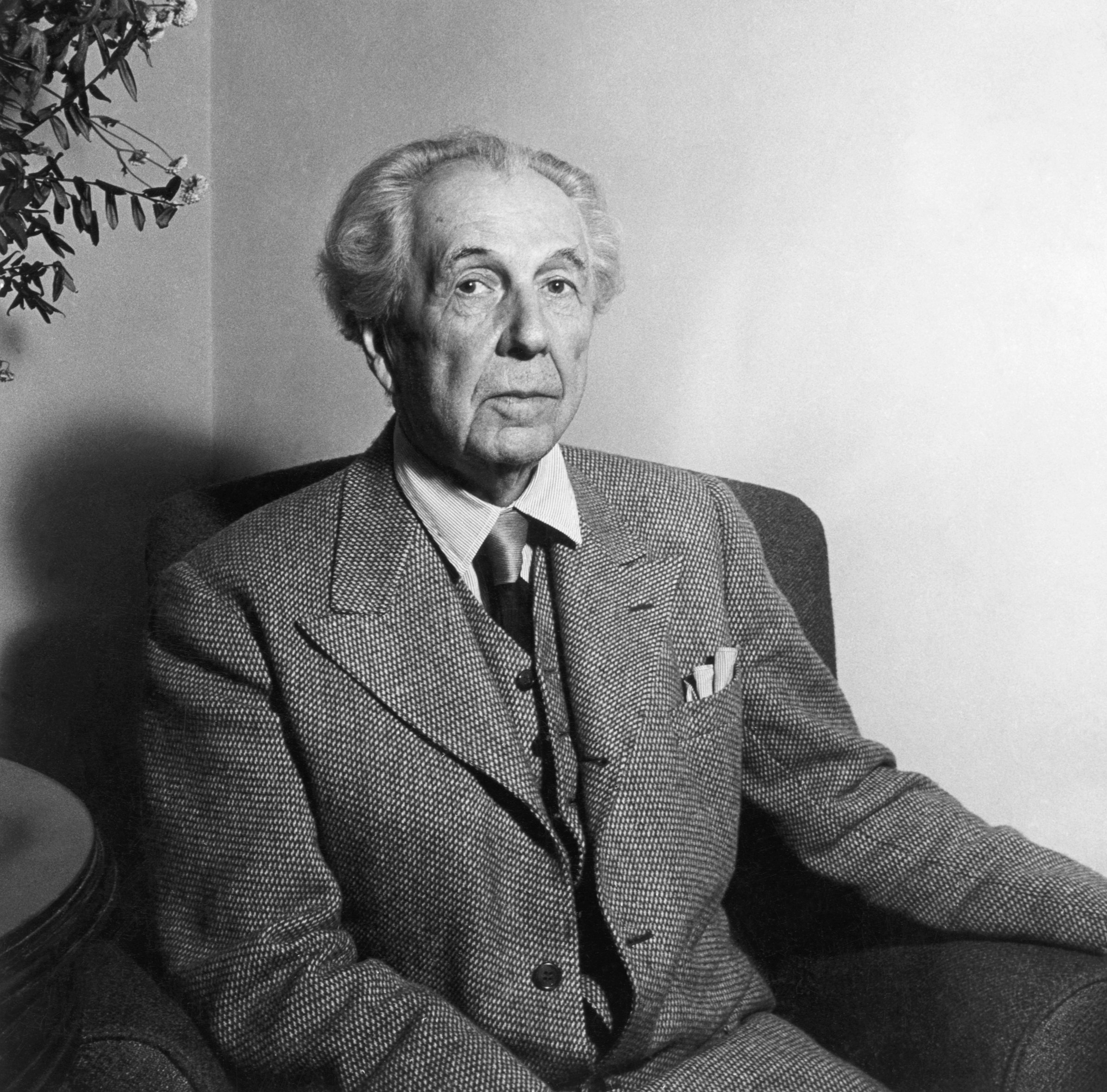
“Frank Lloyd Wright and the City: Density vs. Dispersal” (through June 1), an exhibition at New York’s Museum of Modern Art drawn from the late architect’s personal archive, has led to a new understanding of the architect’s career, the New York Times reports.
Acquired in 2012 by the museum and Columbia University’s Avery Architectural & Fine Arts Library from the Frank Lloyd Wright Foundation, the archive was previously housed in Arizona and Wisconsin. Its 28,000 pounds of drawings, architectural models, photographs, correspondence, and writings are just now being widely studied.
Notable discoveries have included early plans for the iconic Guggenheim Museum building in New York, and a 12-foot model of Broadacre City, Wright’s ideal metropolis, which he built in 1935. Scholars now know the model was regularly adjusted and modified by Wright until his death in 1959.